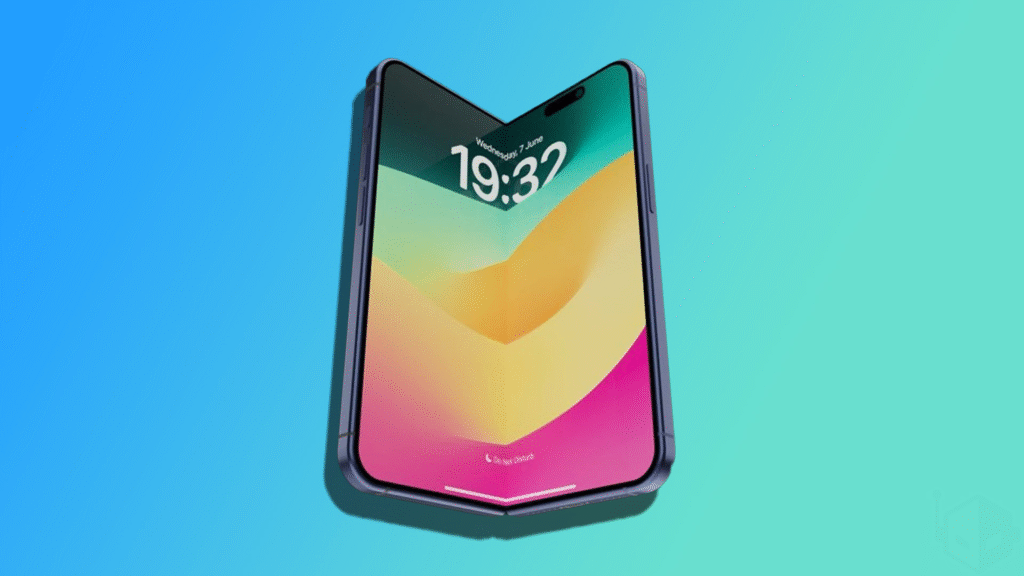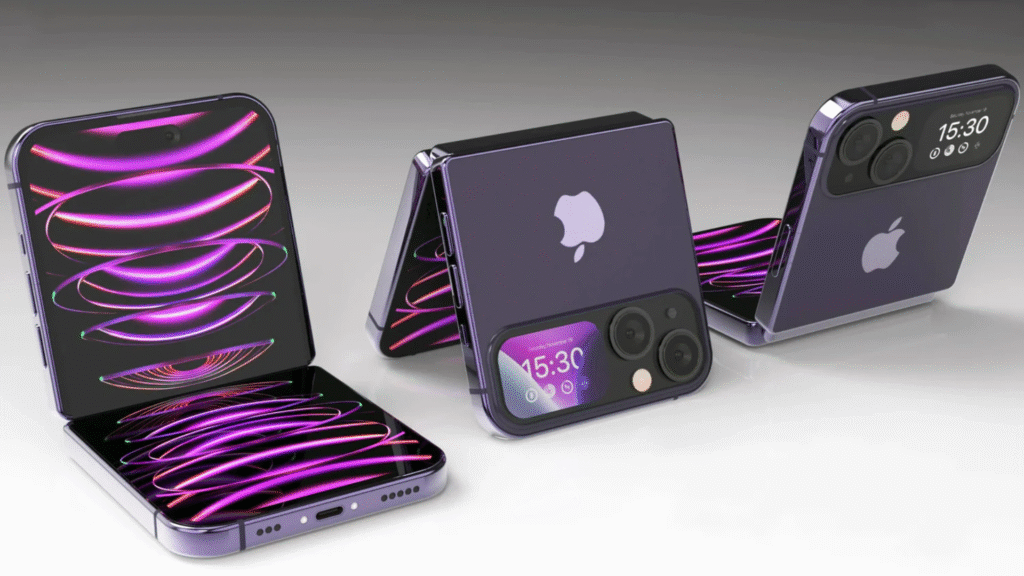Apple seems poised to bring its first foldable iPhone to life as production work is set to begin this coming summer. Analyst Ming‑Chi Kuo of TF International Securities reports that Foxconn will lead initial assembly steps in the late third quarter or early fourth quarter of 2025. Mass production is likely to begin in mid‑2026.
When will mass production begin
Planning for volume manufacturing typically spans nearly a year. Foxconn’s initial steps in 2025 will prepare for the full‑scale assembly process in summer 2026. AppleInsider confirms that this timeline aligns with a broader rollout window.

Display and hinge details
Apple has already approved the internal folding screen. Samsung Display has committed to producing around 7 to 8 million panels. Kuo notes that critical components such as the hinge are not final and remain under design review.
Expected design and specs
Rumored to follow a book‑style format, the device will feature a 7.8‑inch internal folding touchscreen and a 5.5‑inch external screen. The thickness may reach around 4.5 mm when open and 9 to 9.5 mm when folded. Construction may include a blend of titanium and stainless steel in the hinge and frame.
A shift from Face ID to side‑mounted Touch ID is being considered due to space and space limitations. Camera systems are likely to include a front‑facing under‑display unit.
Production volumes and pricing outlook
Kuo suggests that Apple has ordered 15 to 20 million foldable panels. This production is supposed to cover two to three years, with only 3 to 5 million units shipping in 2026.
This will likely be Apple’s high-end flagship device, and the gadget should be retailing around $2000-$2500.
This will most probably be a top-quality flagship by Apple that will be valued between $2,000 and $2,500.
Timelines and uncertainties
Rumors suggest a fall 2026 announcement and ship timeline, possibly alongside the iPhone 18 series. Analysts emphasize that many components remain in development and could change before final launch.

Why this matters
An iPhone fold would be a radical change in Apple’s device portfolio. It would combine tablet-like screen real estate with smartphone portability. The key to success lies in the ability of Apple to provide quality hardware and durable hinges, as well as offer good value at an extremely high cost. Both Samsung and Huawei already created foldable competitors, but Apple has a chance of advancing this market further through high construction, ecosystem integration. All of these plans have not been officially confirmed by Apple. Nevertheless, the growing number of signs tends to indicate that a 2026 foldable iPhone is perhaps actually coming.





